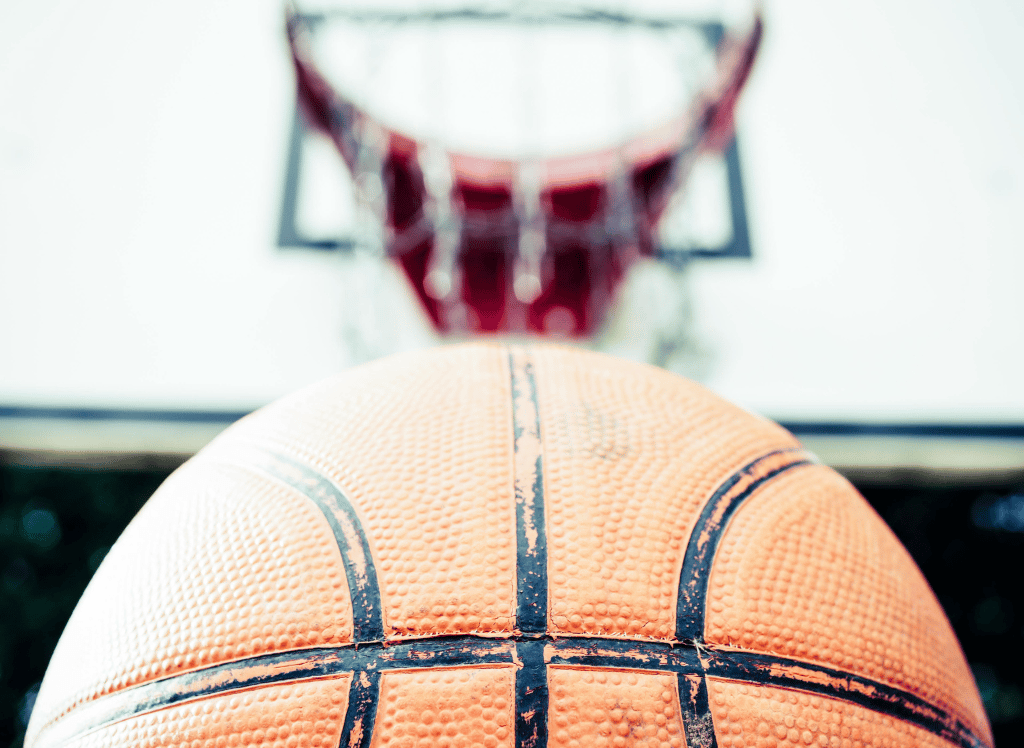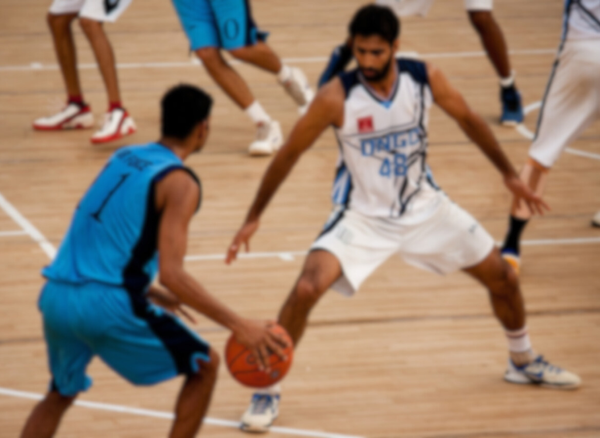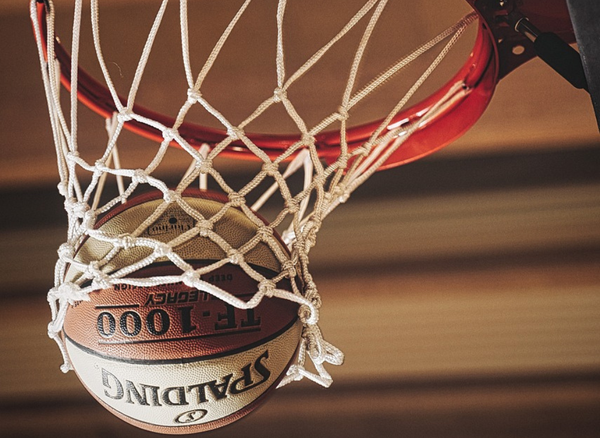Basketball is a game of precision, skill, and a smattering of rules that sometimes make you scratch your head and wonder, "Who came up with this?" Among these is the free throw lane violation, a rule that can turn the free throw line into a stage for comedy if not taken seriously. Let's bounce into the nitty-gritty of this rule and why it's more important than the halftime orange slices.
With the free throw shooter at the line, the weight of the game resting on their shoulders. They're ready to shoot, but wait—someone in the lane is twitching like they've got ants in their shorts. That's right, folks, we've got a free throw lane violation on our hands!
It's like jumping the gun at a buffet line; you need to wait for the signal, or in this case, the ball to leave the shooter's hands.
When do you shoot free throws?
A free throw is awarded in various situations, such as when a player is fouled during the act of shooting or when the opposing team accumulates too many fouls. The free throw line is located 15 feet from the backboard and players must remain in their lane until the ball is airborne.
The Nuts and Bolts of Lane Violations
When free throws are awarded, it's like getting freebies at a carnival game—except you actually have to earn it. But just as you're about to toss the ring onto the bottle, someone from the opposing team decides to play hopscotch along the free throw lane lines. That's a no-no.
If they jump in too early, it's a violation, and the shooter may get another chance to score, much to the chagrin of the overeager hopscotcher.
But it's not just the opposing team that needs to watch their step. Teammates of the free thrower must also resist the urge to play leapfrog along the lane. If they commit a violation, it's like telling the carnival guy you cheated—your prize is forfeited, and in basketball terms, that means the free throw is null and void. So players must have the patience of a saint or at least pretend to until the ball is in the air.
The Dance of the Lane Dwellers
Now, let's talk about the dance that happens around the free throw lane. Players position themselves in the marked lane spaces, ready to pounce for the rebound. But there's a catch: only certain spaces may be occupied, and there's a pecking order to it. The lower block spots are VIP—reserved for the opposing team, while the upper half is home turf for the shooter's teammates. It's like musical chairs, but with more at stake than just a seat.
And here's where it gets tricky: players can only move into the lane once the ball hits the rim. It's like waiting for the starting gun in a race; jump too soon, and you've botched it. The shooter, on the other hand, has to wait until the ball touches the rim or backboard, or until it's clear the attempt is unsuccessful.
For them, it's like waiting for the toast to pop; move too soon, and you've just committed a breakfast foul.
The Aftermath of a Lane Violation
What happens when someone commits a free throw lane violation? It's not like the game turns into a pumpkin, but there are consequences. If the defense jumps the gun, the shooter gets a mulligan—a do-over. It's like getting a second chance to pin the tail on the donkey because someone else peeked. If the shooter's team commits the violation, however, it's like dropping your ice cream cone; you don't get another one, and the other team gets the ball.
Strategies to Avoid Lane Violations
Avoiding a free throw lane violation is like avoiding stepping on cracks in the sidewalk; it requires attention and a bit of finesse. Players need to keep their feet behind the line until the right moment. It's like playing red light, green light; move on green, freeze on red. Coaches drill this into players' heads because, like forgetting to put the lid on the blender, one slip can make a mess.
Another strategy is to focus on the shooter's routine. Most free throw shooters have a rhythm, like a drummer in a band. By paying attention to their beat, players can time their entry into the lane with the release of the shot. It's like dancing to the beat; stay in sync, and you'll look like a pro. Lose the rhythm, and you're the one everyone's watching for all the wrong reasons.
Free Throw Violation FAQs
Can a player step on the free throw line during free throw attempts?
No, stepping on or over the free throw line before the ball hits the rim is like trying to sneak a taste of the cake before it's served; it's a violation. The player must stay in the free throw circle.
What happens if both teams commit a lane violation at the same time?
If both teams get too eager and commit a lane violation simultaneously, it's called a false double foul. The result is a do-over, like hitting rewind on a funny movie scene because everyone laughed too loud the first time.
How many players can line up along the free throw lane during a free throw?
Up to six players can line up along the free throw lane during a free throw—three from each team. It's like having a trio of backup singers on each side of the stage, ready to jump in for the rebound.
How many free throws are awarded for a shooting foul?
Depending on the situation, a shooting foul can result in one free throw, two free throws or multiple free throw attempts. If the shooter was attempting a field goal at the time of a personal foul and made it, they will be awarded one additional free throw attempt. If the shot was missed, they will receive two free throw attempts.
Summary
In the grand scheme of basketball, a free throw lane violation might seem like a small hiccup, but it can have big consequences. It's the rule that keeps players on their toes—literally—and ensures that free throws are a test of skill, not just a free pass. So, remember to stay out of the lane until the ball says go, or you might just be the one giving your opponents a free shot at victory.









